Garden Galleries
Ready to get inspired? Start here!

Bugs That Eat Other Bugs
Of all of the species of insects on the earth, 98% are helpful. One way insects (and spiders) are helpful is by eating other insects that are considered pests. Take a look at some of these predatory garden creatures.
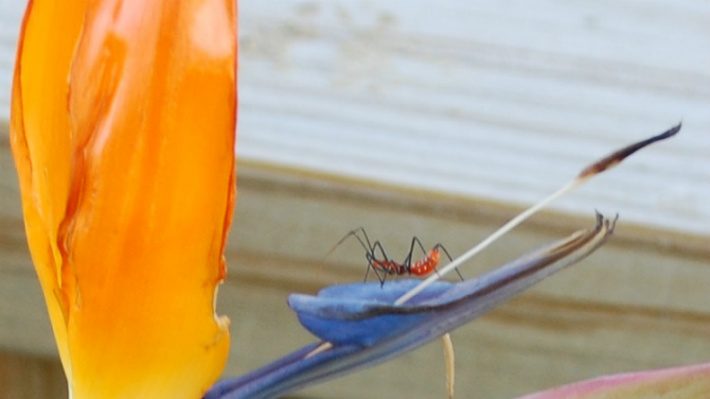
Assassin Bug Nymph
This assassin bug nymph is just as deadly as its parents, feeding on anything it can catch. Nymphs are different from adults in that they do not have wings.
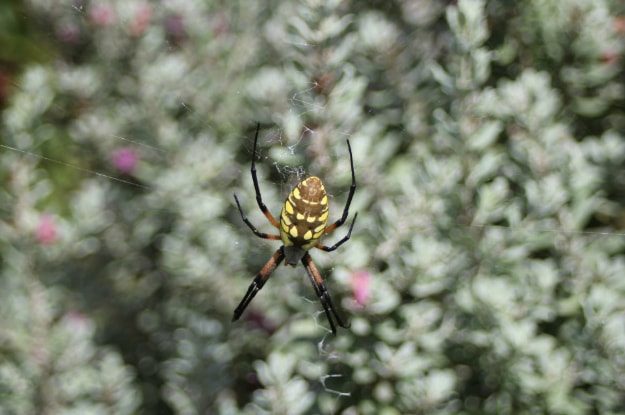
Black and Yellow Garden Spider
Although not an insect, spiders are extremely beneficial because they feed on insects. The black and yellow garden spider was immortalized in children's stories. These beautiful spiders hang out in gardens and around homes waiting to catch grasshoppers and other flying insects.
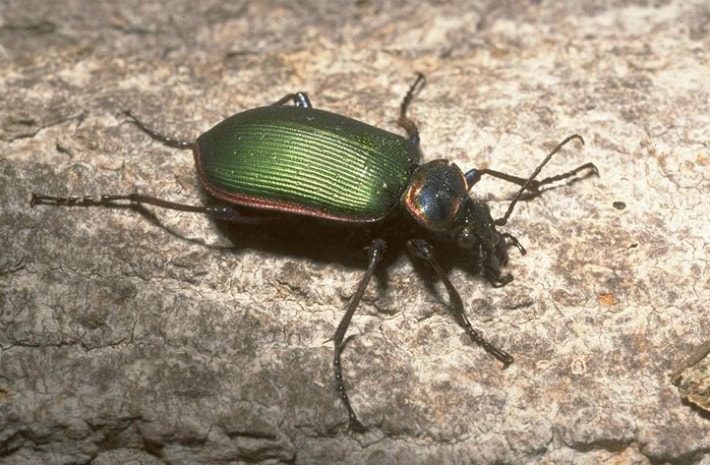
Caterpillar Hunter Beetle
In years when armyworm caterpillars and other species of caterpillars are high, populations of caterpillar hunter beetles increase to feed on this abundant food supply. Photo: Bart Drees

Green Lacewing
Lacewings as adults are nothing more than a beautiful and dainty insect to observe. However, their larvae are voracious predators on caterpillars, sap sucking insects and insect eggs. Photo: Bart Drees.
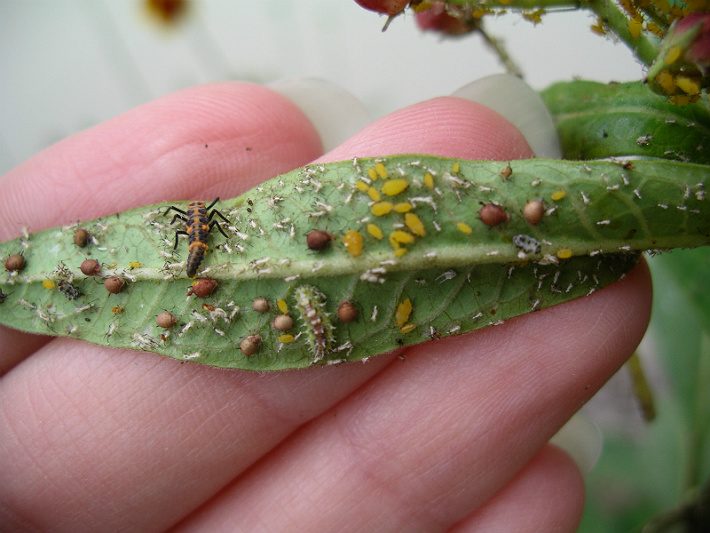
Lacewing Nymph
This lacewing nymph (lower center, green) and a ladybug larva (upper right, brown) are feeding on a heavy population of aphids infesting a tropical milkweed plant. Photo: Wizzie Brown.
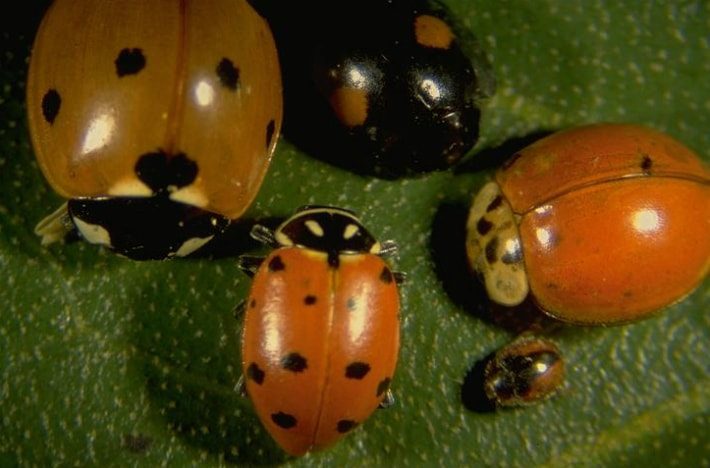
Lady Beetles
Lady beetles, more commonly known as ladybugs, are one of the most beloved beneficial insects we know. They feed on a variety of sap-sucking insects, mites and insect eggs. Beetles pictured include seven spot lady beetle (upper left), twice-stabbed lady beetle (upper middle), Asian multicolored lady beetle (middle right), Scymnus lady beetle (lower right ), and convergent lady beetle (lower middle).
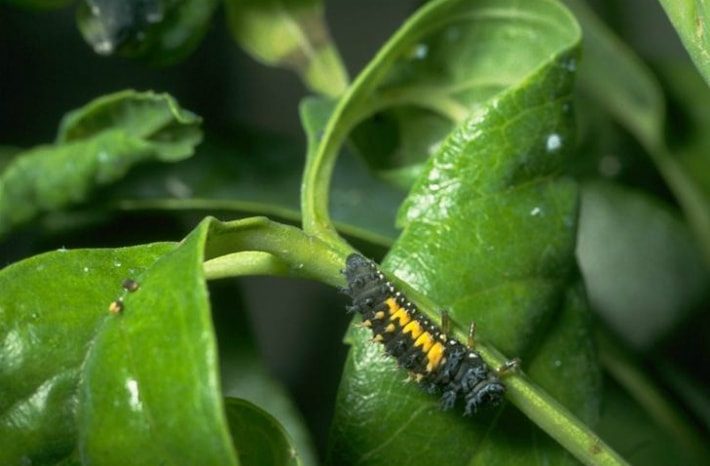
Ladybug Larva
This Asian multicolored lady beetle larva rests in between meals of insect eggs, aphids and other sap sucking insects.
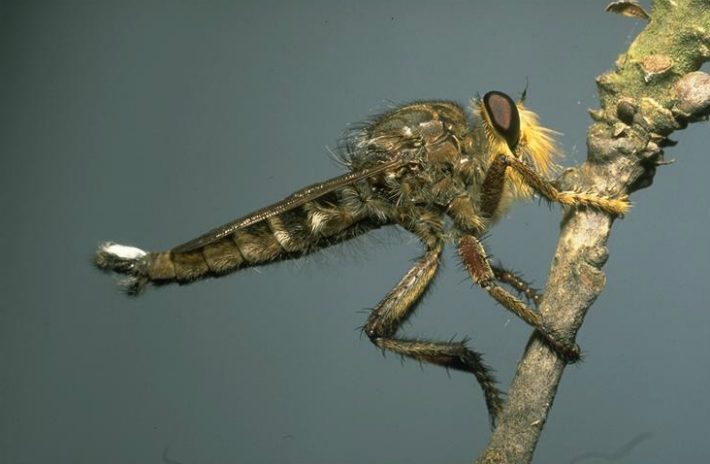
Robber Fly
These voracious predators feed on anything they can catch and are very common in local lawns and landscapes. Photo: Bart Drees.
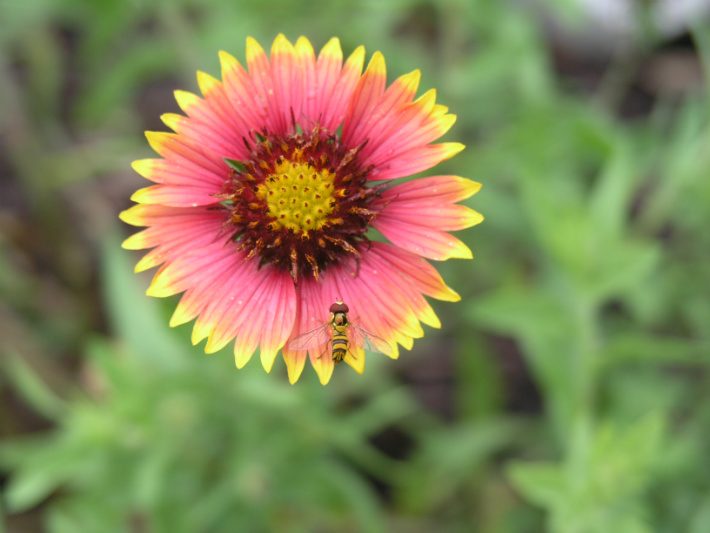
Syrphid Fly (Bee Fly)
Syrphid (SURF-id) flies love nectar and pollen from flowers. This little fly mimics bees and wasps in appearance, but lays its eggs in places where there are high populations of aphids to eat.
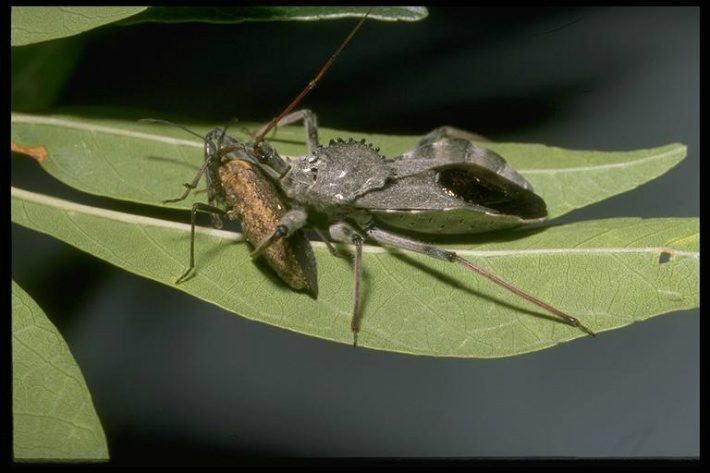
Wheel Bug
This species of assassin bug is a voracious predator in gardens and landscapes, feeding on anything it can catch. Photo: Bart Drees



